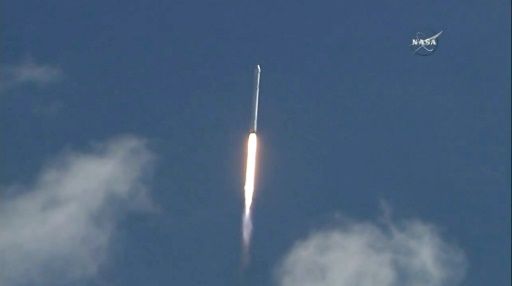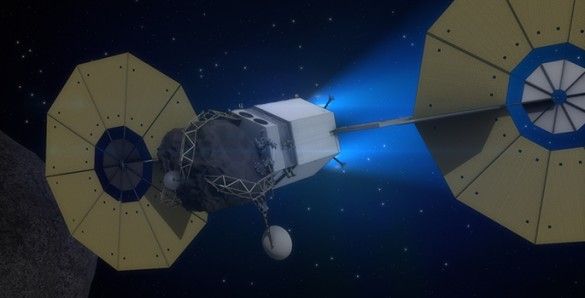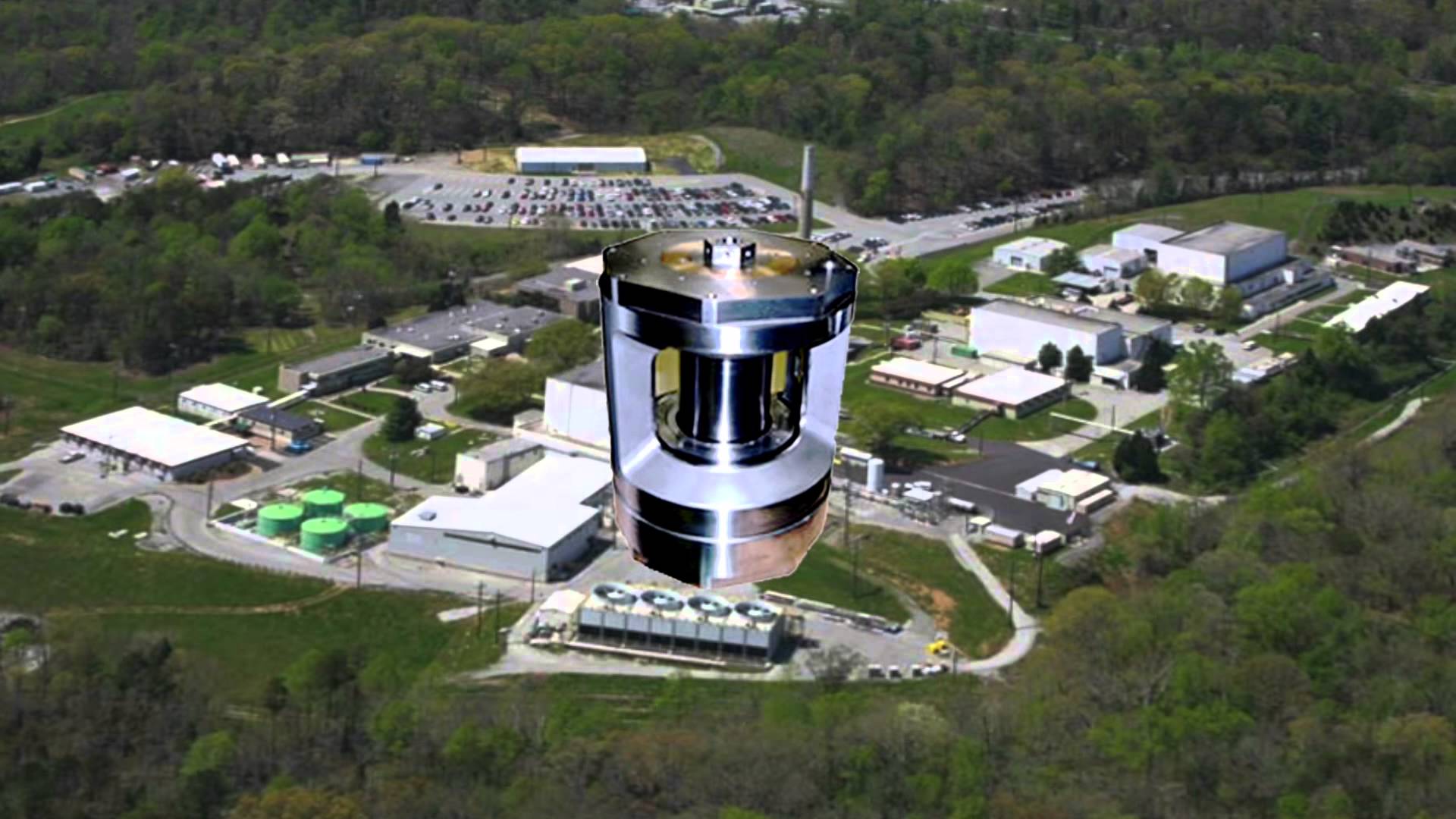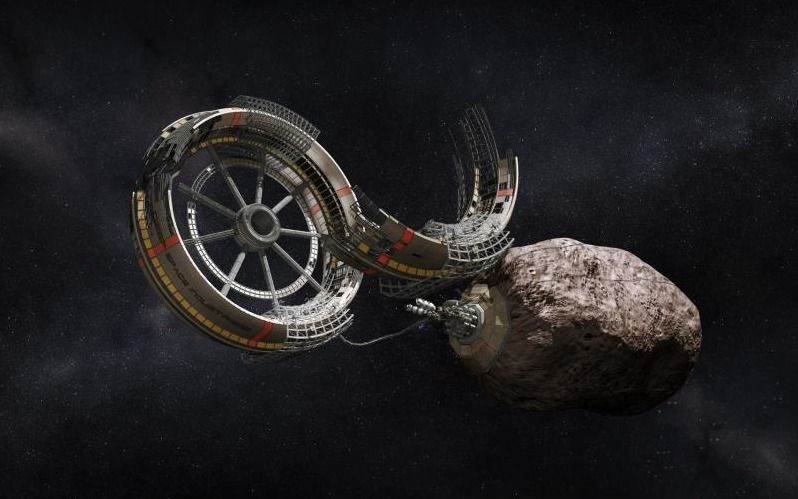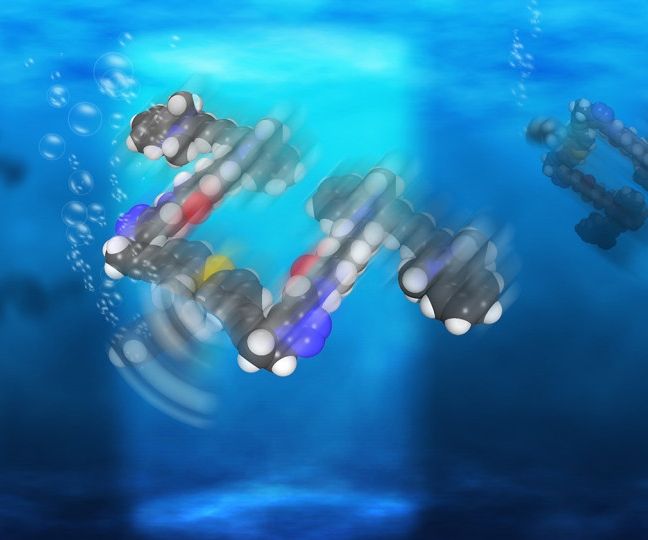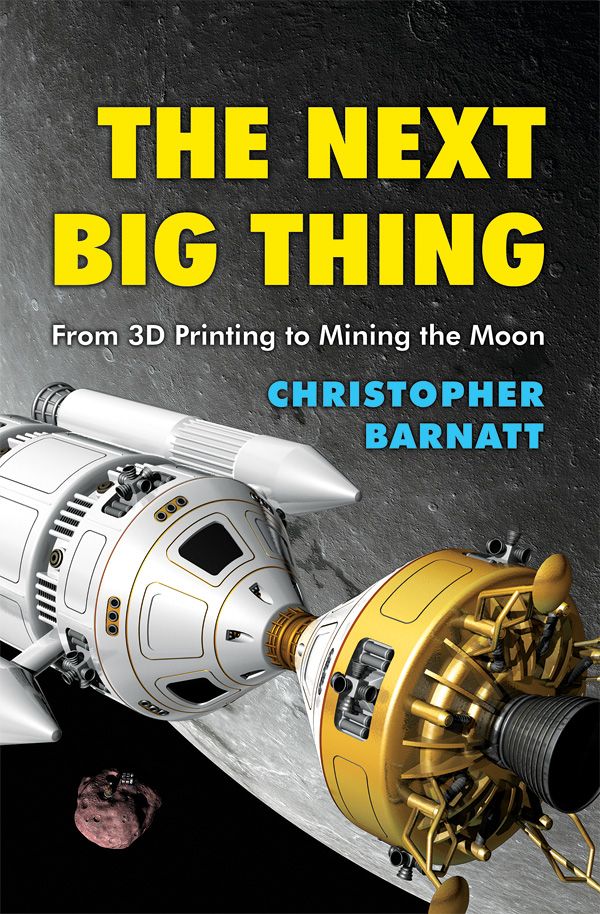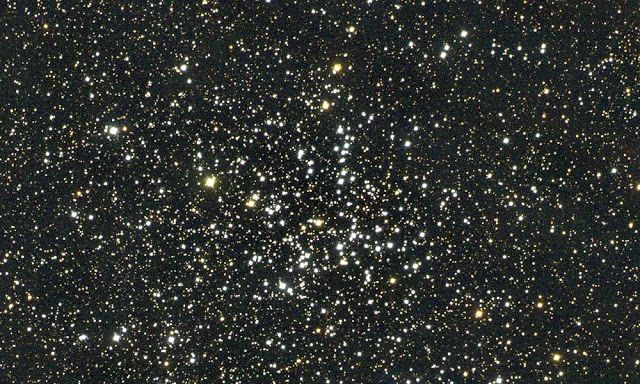It may hurt your brain to think about it, but it appears that the answer is possibly to be yes, or at least the numbers are almost in the same ballpark.
Astrophysicists in fact set out to answer this question about a decade ago. It’s a complicated problem to solve, but it’s somewhat easier if you throw in a couple of qualifiers — that we are talking about stars in the observable universe; and grains of sand on the whole planet, not just the seashores.
The researchers started by calculating the luminosity density of a section of the cosmos — this is a calculation of how much light is in that space. They then utilized this calculation to guess the number of stars needed to make that amount of light. This was quite a mathematical challenge!
“You have to suppose that you can have one type of star signify all types of stars,” says astrophysicist Simon Driver, Professor at the International Centre for Radio Astronomy Research in Western Australia and one of the researchers who worked on the question.
“Then let’s suppose, on average, this is a normal mass star that gives out the normal amount of light, so if I know that a part of the universe is producing this amount of light, I can now say how many stars that would associate to.”
Now armed with a guess of the number of stars within a section of the cosmos, the next challenge was to work out the size of the cosmos. Given we know that the cosmos is 13.8 billion years old, we can suppose that we exist in a sphere 13.8 billion light years in volume. But there’s a catch: the universe is possibly immeasurable in size.
Read more
